|
By Anna Hazard
Introduction
Aging in place is a term used to describe a usually senior or retirement aged individual living in their home residence of choice as long as they are capable while maintaining their normal comfort level, quality of life, and security regardless of their current age, income, or ability level. This is usually done through home modifications, redecorating with health & ability kept in mind, as well as taking steps to ensure financial security or the presence of assistance (either friends, family, or paid) when necessary. Almost 90% of surveyed seniors over the age of 65+ in the USA have reported that they would prefer to remain in their current residence as they age.
For the best outcome, plans for aging in place should be conceived and begin their implementation as early as possible (preferable retirement savings started from the earliest working years) as it will cover future contingencies not only just for yourself (and future quality of life), but will impact decisions regarding your home, property, finances, and potential care. Plans should best be started by at least middle age (and before senior health problems & disabilities go into full swing) as finances need to be saved up for future use. In addition for those intending to stay within their current homes instead of moving to smaller & easier to care for location, many properties will end up requiring a bit of structural renovation ahead of time.
No matter one's current health, aging will impact everyone from mildly to severely. While taking care of one's body (exercising & keeping fit, eating a healthy diet, staying relatively stress-free & mindful, avoiding unhealthy habits such as smoking) may help counteract some natural effects, to properly age in place one needs to deal with potential future problems & complications in advance that may come into play during one's retirement & golden years. When it comes to aging in place, here are some of the more common problems that need to be addressed.
The problems which often come with aging will impact one's ability to move around the house, entering & exiting the home, perform chores (both indoor and outdoor), as well as basic home & health maintenance. The lack of assistance when it comes to such problems must also be kept in mind considering that a large percentage of senior adults with disabilities live alone or with a similarly aged spouse (more than 1/3 of those 85+ in the USA and 1/4 of those 65+)
In particular mobility is the most common disability amongst seniors . Of the 40% of Americans aged 65+ who identify as having a disability, 2/3rds are related to mobility impairments such as difficulty standing, walking, climbing or otherwise requiring mobility equipment such as canes, walkers, scooters, or wheelchairs. Over 32% of seniors over age 65+ have enough difficulty walking to require the use of mobility equipment such as a walker, cane, scooter, or wheelchair, This will require that the senior's home environment to be tailored to fit around such aids. The most common medical condition associated with the required use of a mobility device is osteoarthritis which occurs when the protective cartilage on the ends of your bones wears down over time. Stroke is another common condition that is prevalent amongst wheel & scooter users. Of all wheelchair uses nearly half of those surveyed identify having problems entering or exiting their homes usually due to the presence of steps or stairs. Other disabilities cited by seniors also include difficulties living independently (such as being able to easily leave the house for shopping or appointments), difficulty hearing or seeing, forgetfulness and cognitive impairments, as well as difficulty maintaining hygiene such as with bathing or dressing. The CDC also reports that falls are the leading cause of injury deaths amongst senior adults 65+ and thus fall prevention remains a crucial part of aging in place preparations. The most common ways of dealing with the disabilities and complications that naturally come with aging include...
Many of the options for aging in place follow the same rules used for universal design (created for the accessibility of the handicapped or those with other disabilities) as many seniors will gain ambulatory problems with age. These principles include...
Many seniors who wish to age in place within their current residences will be required to make direct modifications to the structure of their homes (not simply with the replacement of furniture or equipment) since most abodes do not inherently support accessibility. This kind of modification is called retrofitting and may cost upwards of $10,000 depending upon the complexity of installation or restructuring.
In general rancher style homes that are single level are the easiest to modify for aging in place otherwise stair lifts (and if spacing & funding allows), personal/disability elevators may need to be installed within multi-level homes for those with more severe forms of mobility issues. Otherwise, many aging in place renovations can be done by implementing the use of assistive technology (whose use can be linked to the reduction in activity limitations within the elderly). In particular, there are four categories of assistive technology that covers communication & engagement, health, learning & contribution, as well as safety & security. Besides introducing new equipment such as smart home use, fall monitors, and assistive devices, this would also encompass switching out current furniture (replacing a normal chair with a lift chair, breakable cups & mugs with those meant for arthritis users) and implementing the use of universal design elements (better & more accessible lighting, installing grab bars etc)
|
AboutNews updates, tips, and guides on senior care, senior health, stress relief and a host of other caregiving related topics from the professionals at Ella Stewart Care. |

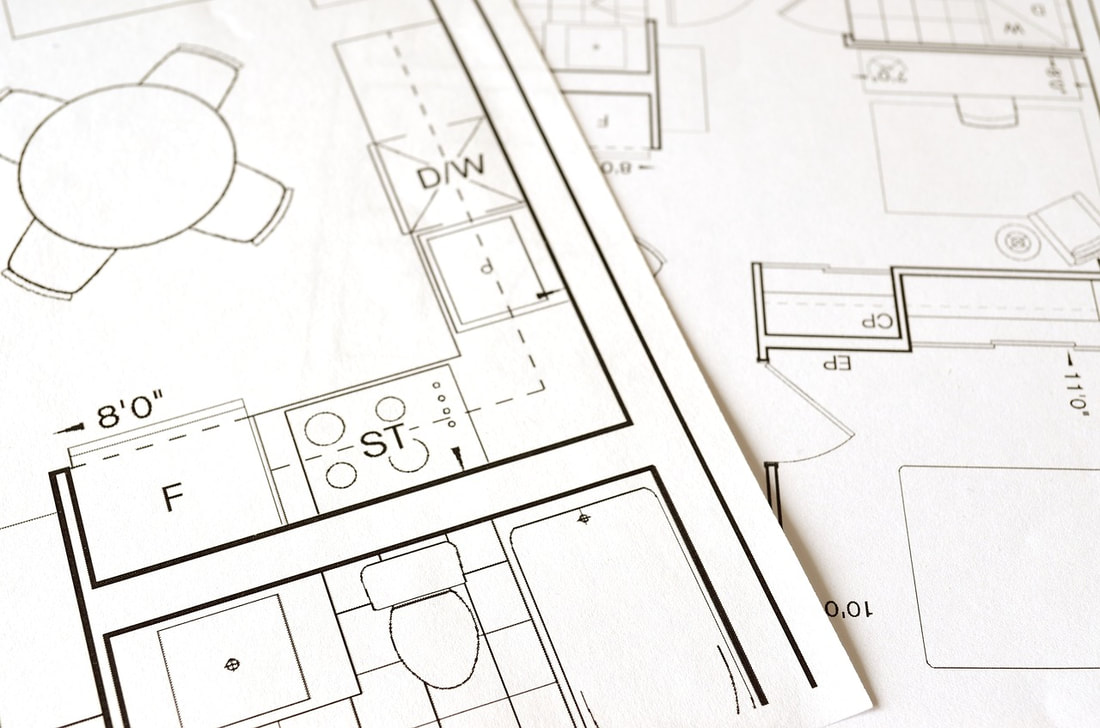
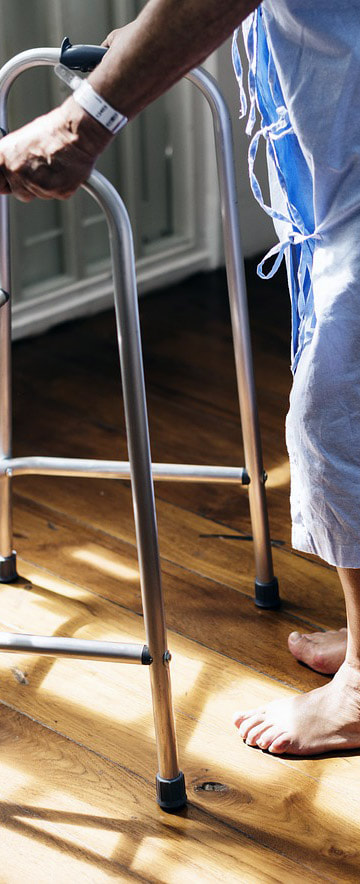
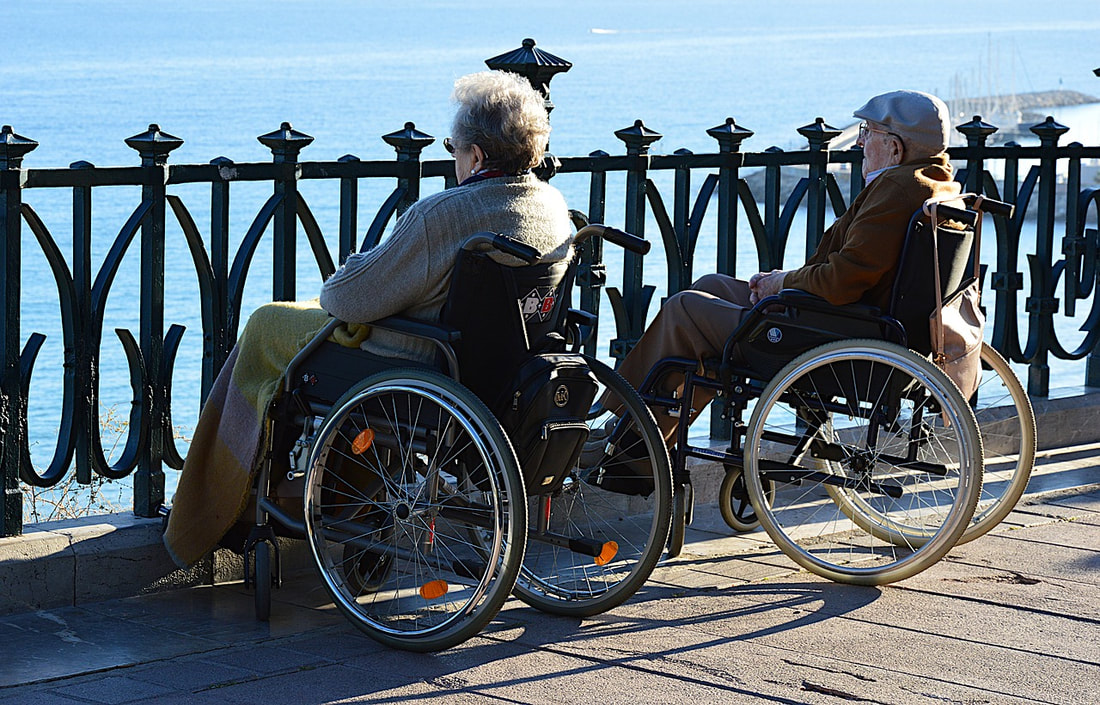
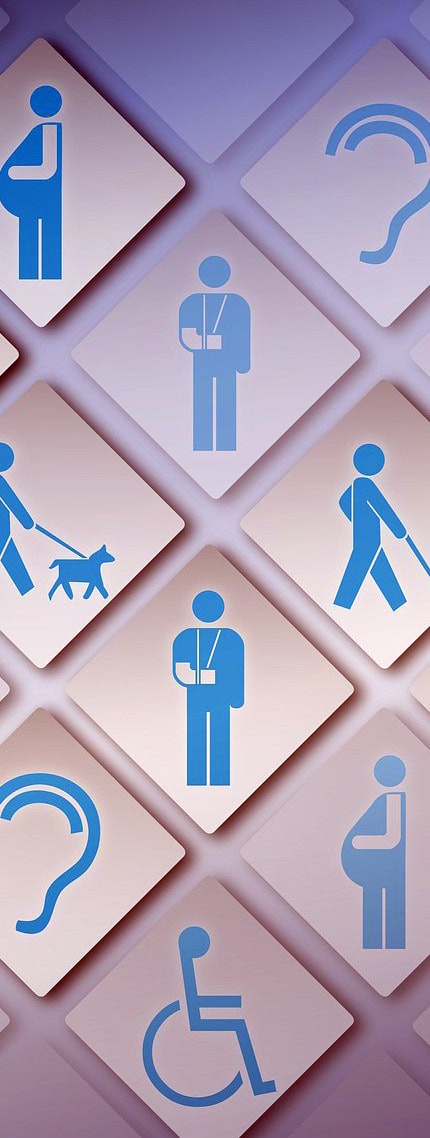
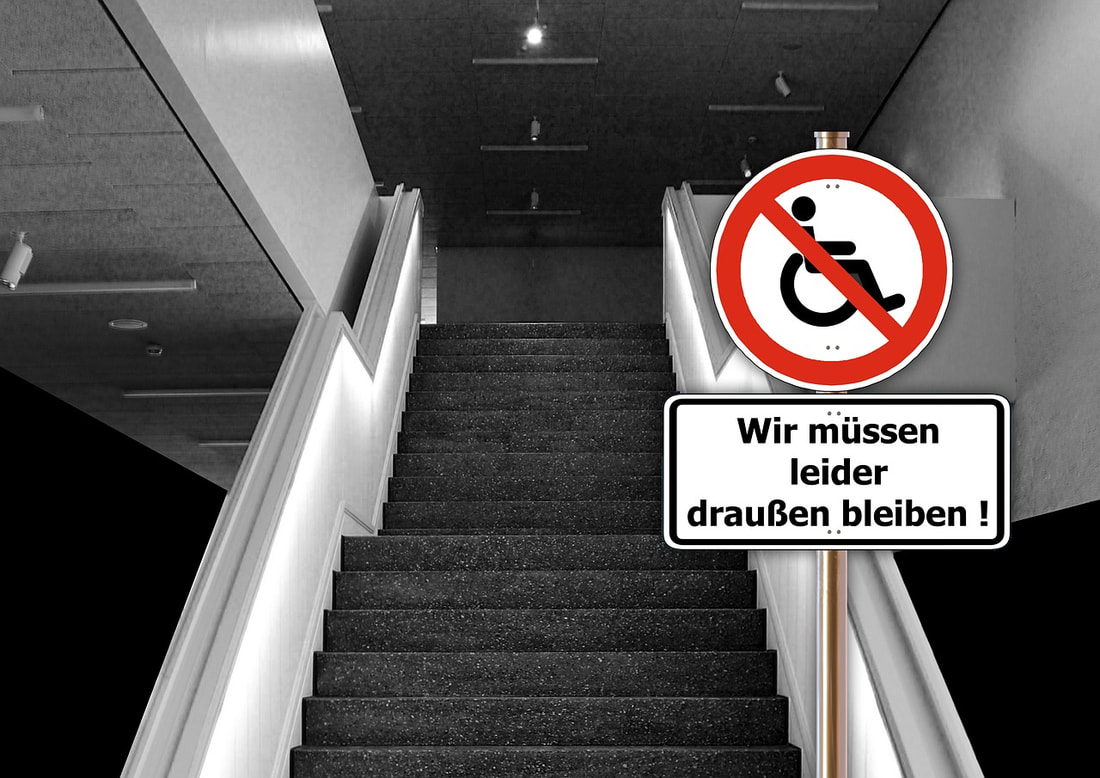

 RSS Feed
RSS Feed
